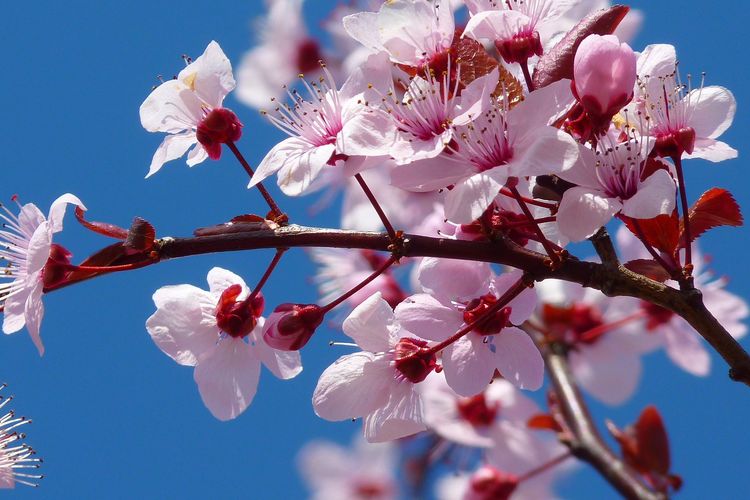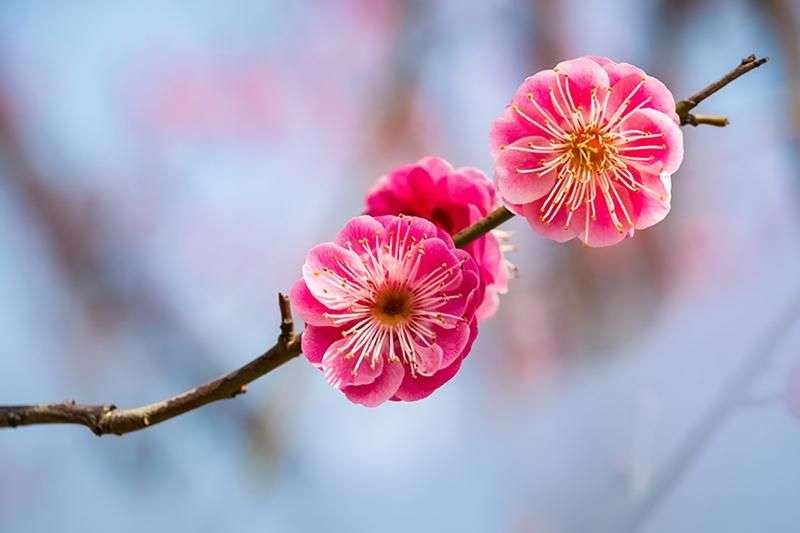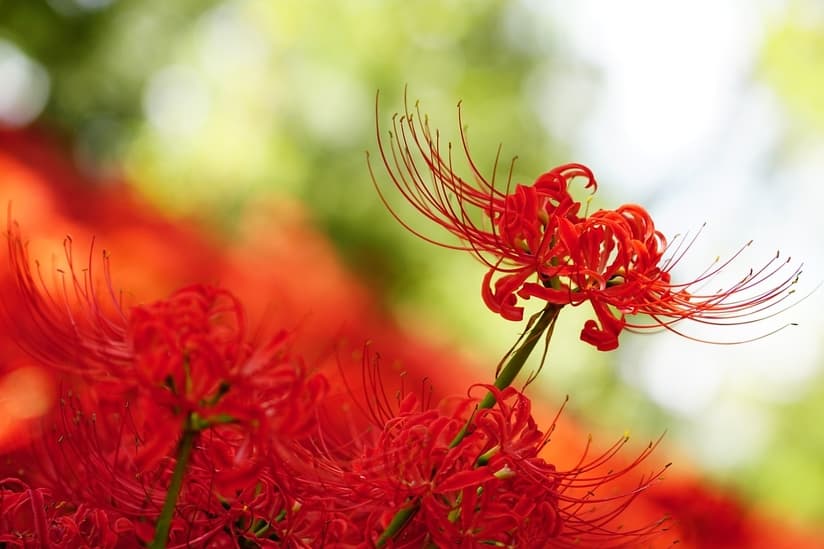In traditional
ceremonies and celebrations
In addition to the two things above, you can find Hanakotoba in traditional Japanese ceremonies and ceremonies, such as weddings, funerals, and ceremonies for teenagers who are approaching adulthood. Because the Hanakotoba culture is very strong in meaning, care needs to be taken in the flowers in every ceremony. This is to avoid misunderstandings from other parties.
Japan Wonderfull
The change of the seasons and the floral displays they bring are celebrated across Japan. From the keenly anticipated cherry and plum blossoms to the cheery sunflower, flowers hold a special place in Japanese society. There is even an ancient language of flowers known as hanakotoba, by which many blooms are ascribed symbolic meaning.






How To
Contact For Create
Contact Me
Contact Me using WhatsApp or Mail at Contact Us.
Concept The Site
Concept the Interface Site.
Deal
Deal The Concept, progress and finishing.